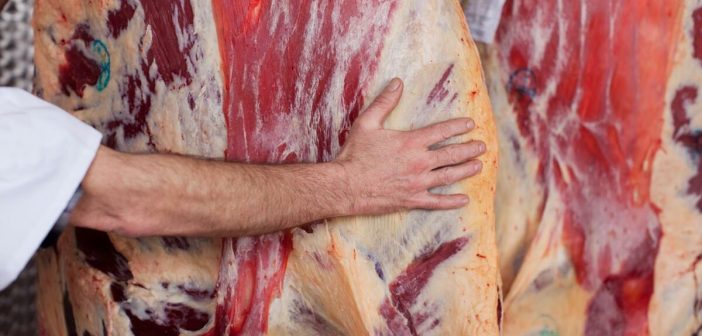India boasts a vibrant agricultural sector, and within it lies a significant, yet under-organized, segment – the meat and poultry industry. While the nation ranks fourth globally in egg production and enjoys a strong domestic market, a lack of regulation and fragmented infrastructure hold back its true potential. This article explores the pressing need to organize the industry, outlining the benefits for farmers, consumers, and the Indian economy as a whole.
The current landscape is characterized by a multitude of small-scale producers, often lacking access to modern infrastructure and veterinary services. Traditional slaughterhouses often operate with limited hygiene protocols, raising concerns about food safety. Furthermore, the absence of a robust cold chain network leads to spoilage, impacting both profits and access to fresh meat across the country.
The compelling reasons for organizing the industry are multifaceted:
-
Enhanced Food Safety: Implementing standardized hygiene practices across the supply chain, from farm to processing unit, is crucial. This includes mandatory disease testing in animals, proper slaughterhouse procedures, and refrigerated transportation. Such measures would not only safeguard public health but also inspire consumer confidence, a vital element for industry growth.
-
Improved Farmer Livelihoods: Fragmented markets and the presence of middlemen often leave farmers with a meager share of the final price. Organizing the industry can facilitate direct linkages between producers and processors, ensuring fairer pricing for their livestock. Additionally, access to training programs in animal husbandry and disease prevention can significantly enhance farm productivity and profitability.
-
Economic Growth and Job Creation: A well-organized meat and poultry industry can be a significant driver of economic growth. Modern processing facilities create employment opportunities in rural areas, while exports of high-quality meat products can generate valuable foreign exchange. Furthermore, a thriving industry fosters downstream businesses, such as those supplying feed, machinery, and packaging materials.
-
Meeting Growing Demand: India’s population is projected to reach 1.5 billion by 2030, leading to an increased demand for protein sources. The poultry sector, in particular, offers a faster production cycle compared to red meat, making it a sustainable solution to meet this growing need. By organizing the industry, India can ensure efficient production and distribution to cater to its burgeoning population.
Examples from leading meat producers offer valuable insights:
-
Brazil: A world leader in meat exports, Brazil’s success hinges on a well-developed infrastructure. The country boasts modern slaughterhouses, a robust cold chain network, and stringent quality control measures. Additionally, government initiatives promote research and development in animal breeding and disease prevention.
-
The United States Department of Agriculture (USDA): This government agency plays a crucial role in ensuring food safety by implementing strict regulations and conducting regular inspections of farms and processing facilities. The USDA also provides educational resources to farmers on best practices in animal husbandry and hygiene.
The path to a more organized industry in India requires a multi-pronged approach:
-
Government Intervention: The government can play a pivotal role by enacting and enforcing regulations covering animal welfare, slaughterhouse hygiene, and food safety standards. Investment in infrastructure development, such as modern slaughterhouses and cold chain facilities, is also crucial.
-
Public-Private Partnerships: Collaboration between the government and private sector can accelerate the pace of change. Public funds can be utilized to establish training programs for farmers and veterinarians, while private companies can invest in modern processing facilities and cold chain infrastructure.
-
Farmer Cooperatives: Encouraging the formation of farmer cooperatives can empower producers. Cooperatives can offer collective bargaining power, enabling farmers to secure better prices for their livestock. Additionally, cooperatives can provide shared access to resources like veterinary services and transportation infrastructure.
-
Consumer Awareness: Educating consumers about the importance of food safety and the benefits of regulated meat products is essential. This can be achieved through public awareness campaigns and clear labeling initiatives.
The transformation of India’s meat and poultry industry holds immense potential. By prioritizing organization and modernization, the nation can ensure safe, high-quality meat for its citizens, empower farmers, and generate significant economic benefits. The time to act is now, for a well-organized industry can propel India to become a global leader in the meat and poultry sector.





